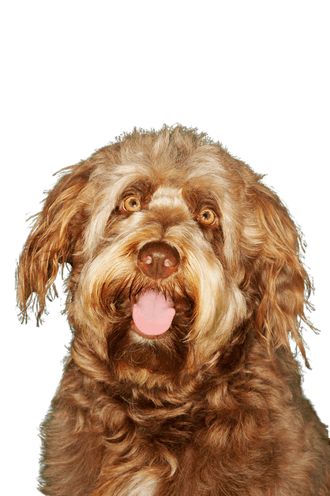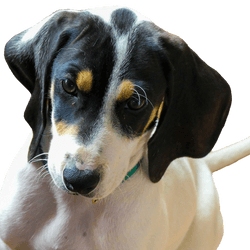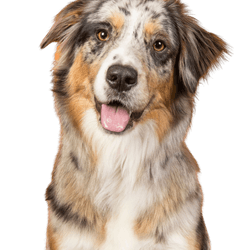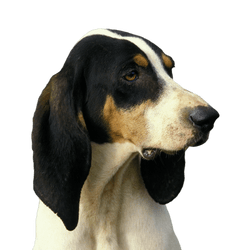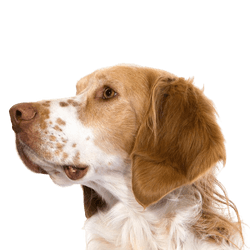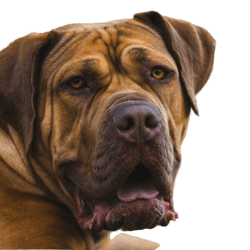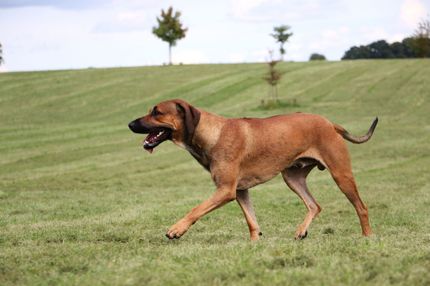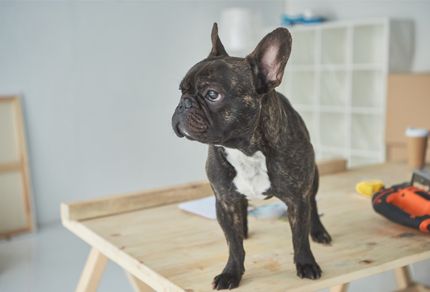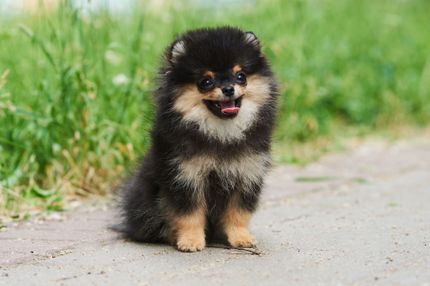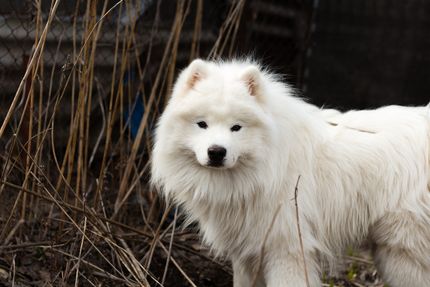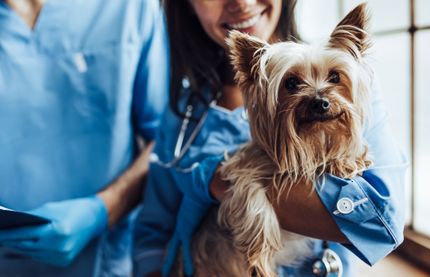Facts & Origin
Origin & provenance
Originally from Great Britain, the Otterhound is a rare and impressive breed. Known for its unique ability to hunt in water and on land, it has earned a reputation as a versatile working dog.
Historical review
- Ancient Roots: It is believed that the Otterhound's ancestors were in Britain before the 12th century. Some historians believe that its lineage can be traced back to the Bloodhounds.
- Otter hunting: In the past, the otterhound was mainly used to hunt otters to protect fish stocks in rivers. This practice was discontinued in the 20th century when otter hunting was banned.
- Threatened with extinction: Despite its long history, the otterhound is now one of the rarest dog breeds in the world. Efforts are being made to preserve this impressive breed.
Suitability & intended use
- Water lover: Thanks to its water-repellent double coat and webbed toes, it is a natural swimmer, making it a great companion for water sports activities.
- Family dog: With its friendly and even-tempered nature, the Otterhound makes an excellent family dog. It gets along well with children and is known for its loyalty and affection.
- Vigilant & Territorial: Despite its friendly nature, the Otterhound can be quite territorial, making it an effective watchdog, especially in rural areas.
The Otterhound is a symbol of Britain's rich hunting tradition. Its rare presence and impressive abilities make it a special companion for those privileged enough to own one.

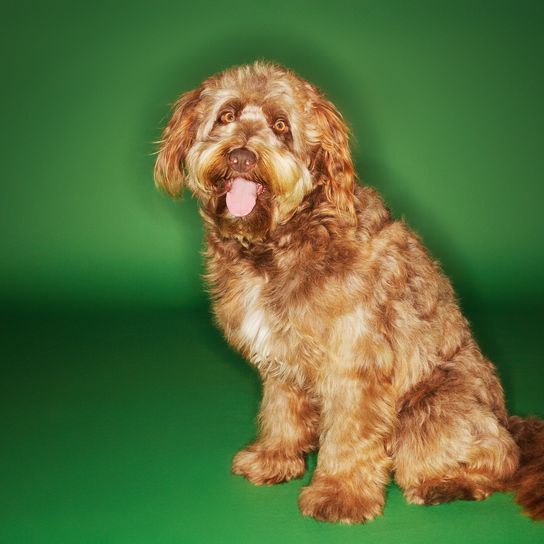
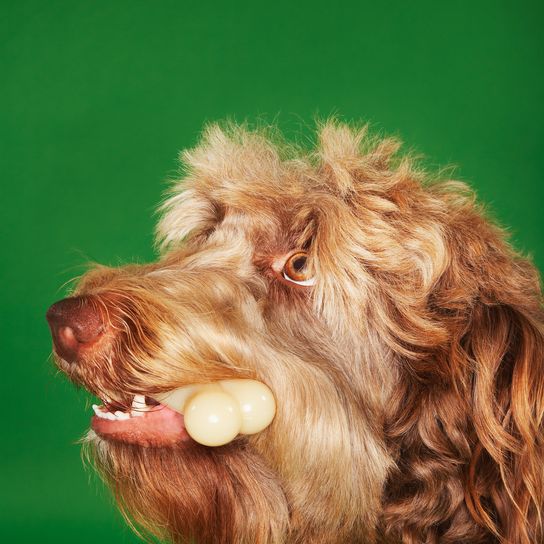
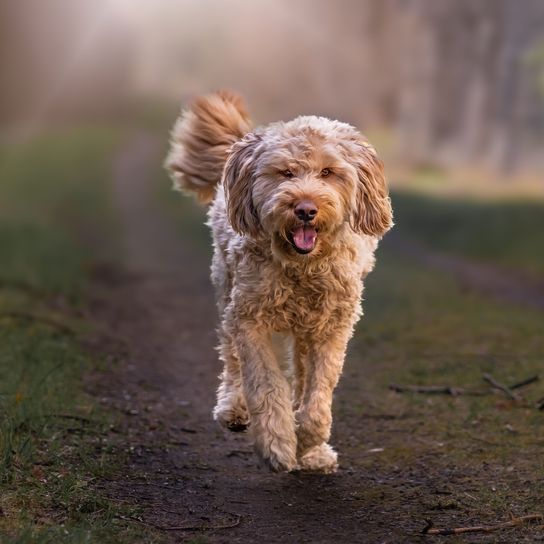
| Alternate Name | - |
| Origin | UK |
| Life expectancy | 10 - 13 years |
| Care requirements | low-maintenance |
| Activity level | average |
| FCI group | Scent hounds |
| AKC group | not recognised |
| KC group | not recognised |
Attitude, character and temperament of the breed
Basic character traits
The Otterhound is balanced and friendly. This old English breed has a remarkable blend of independence and loyalty that makes it a unique companion.
Social traits
- Loyalty: Once a bond has been formed, the Otterhound shows deep loyalty to its family. He appreciates company and prefers to be everywhere.
- Child-friendly: With its patient nature, it generally gets along well with children of all ages and is often a patient playmate.
- Compatibility with other animals: Although he was originally bred for hunting, he can coexist peacefully with other pets if properly socialized.
Training & Mentality
- Independence: Its independence can sometimes be interpreted as stubbornness. Consistent training from an early age is crucial.
- Alertness: The Otterhound has a natural alertness, which makes it an effective watchdog without being aggressive.
- Intelligence: Thanks to its intelligence, it learns quickly, but it is recommended to keep training sequences short and varied to keep its attention.
Activity requirements
The Otterhund has a high energy requirement. Regular walks, games and other forms of activity are necessary to keep him both physically and mentally busy.
Overall, the Otterhound is a loyal and intelligent companion whose independence and energy require proper guidance and commitment from its owner. With the right care, he will become a valuable part of any family.
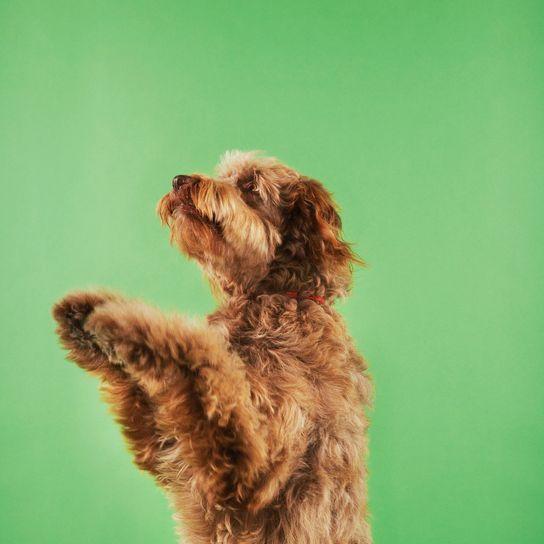
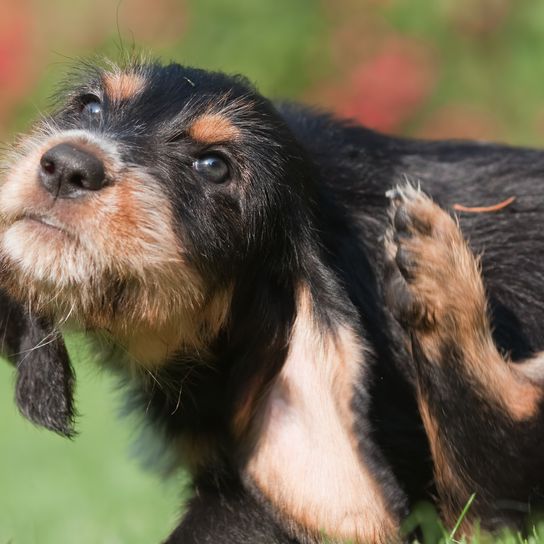
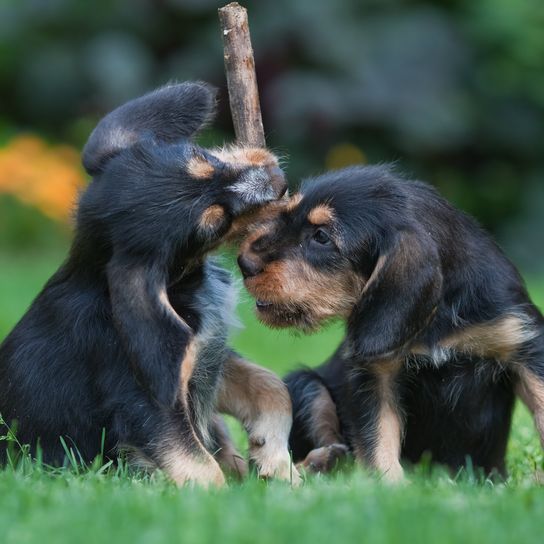
Care of the Otterhound
The Otterhound has a thick, coarse coat that protects it from the elements. Its grooming requirements are:
- Regular brushing: At least once a week is recommended to prevent matting and remove dead hair.
- Bathing: Only when necessary. His coat repels water, so he does not need to be bathed frequently.
- Ear care: His droopy ears can be prone to infection. A weekly check and cleaning is advisable.
Health aspects
- Hip dysplasia: As with many larger dog breeds, the Otterhound can be prone to hip dysplasia. Regular examinations can help to detect problems at an early stage.
- Heart problems: Some Otterhounds can develop heart problems later in life.
- Weight: It is important to keep an eye on the dog's weight, as obesity can lead to various health problems.
Breeding of the Otterhound
- Rarity: The Otterhound is a rare breed. When breeding, care should be taken to preserve genetic diversity and avoid known health problems.
- Health testing: Before breeding, both parents should be tested for common health problems to minimize the risk of inherited diseases.
- Socialization: Early socialization of puppies is critical to their development into well-balanced and well-socialized adults.
When purchasing an Otterhound, you should be aware of the special care and health needs of this breed and ensure that you are prepared to invest the necessary time and care in its care and upbringing.


Coat & appearance
The Otterhound impresses with its striking appearance. Its dense, coarse coat not only serves as protection from the water, but also from thorns and harsh conditions during the hunt.
- Coat color: Varies from grizzle, red, wheat, black and tan, blue and tan to pure black.
- Texture: The coat is dense, rough and weatherproof, with a soft undercoat. It is water repellent and allows him to work in the water in cold temperatures.
- Ears: Its long, drooping ears are characteristic of this breed and require special grooming attention to avoid infection.
Size & Weight
- Height: Male Otterhounds reach a height of 61-69 cm, while females range between 58-65 cm.
- Weight: Weight varies depending on sex and nutritional status. Male dogs usually weigh between 35-54 kg, while females weigh 29-50 kg.
Grooming the Otterhound requires attention, especially because of its thick coat. When choosing an Otterhound, you should be aware that regular grooming sessions are necessary to keep the coat clean and healthy. The impressive appearance, coupled with its size and weight, makes the Otterhound an eye-catching companion.
| Fur length | medium |
| Fur | rough-haired |
| Ear shape | Floppy Ear |
| Tail | lang |
| Anatomy | rugged |
| Size ♀ | 60 - 62 cm |
| Weight ♀ | 30 - 40 kg |
| Size ♂ | 68 - 70 cm |
| Weight ♂ | 30 - 40 kg |
| Suitable For | Children |



